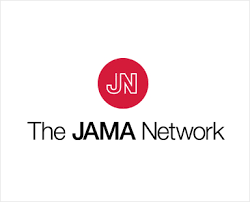Study: Post-laparotomy incisional negative pressure wound therapy fails to reduce infection risk
Editor's Note
A large international clinical trial found that incisional negative pressure wound therapy (iNPWT) does not reduce surgical site infections (SSIs) following emergency laparotomy. The SUNRRISE trial, conducted across 34 hospitals in the UK and Australia and published January 27 in Jama Network, randomized 821 patients to receive either iNPWT or standard wound dressings. At 30 days post-surgery, infection rates were nearly identical between groups, with 28.4% of patients in the iNPWT group developing an SSI compared to 27.4% in the standard dressing group. This lack of benefit held across all preplanned subgroup analyses, including differences in operative contamination, presence of a stoma, body mass index, and skin preparation.
Researchers found no significant differences in secondary outcomes, including hospital length of stay, hospital readmissions, and quality of life measures. The median hospital stay was similar between groups—8 days for iNPWT versus 9 days for standard dressings. There was also no significant difference in hospital readmission rates or wound complications outside of SSI. One secondary outcome, wound pain at day seven, showed a minor but statistically significant reduction in the iNPWT group, though the difference (0.4 points on a 10-point scale) was small and of uncertain clinical relevance.
Researchers caution that remote follow-ups during the COVID-19 pandemic may have led to underreporting of infections, as SSI rates were lower when assessed by phone compared to in-person evaluations. Additionally, the study only assessed one specific iNPWT device, meaning the results may not generalize to all negative pressure dressings. Furthermore, the study's population may have skewed toward healthier patients, as the 30-day mortality rate was lower than broader national data for emergency laparotomy. Nonetheless, the SUNRRISE trial provides strong evidence against routine use of iNPWT, suggesting standard wound dressings remain equally effective in preventing SSIs in this setting.
Read More >>


 Free Daily News
Free Daily News